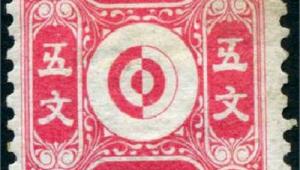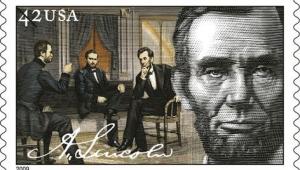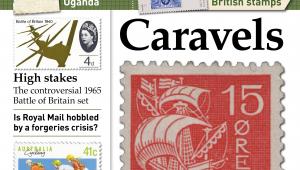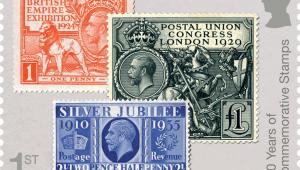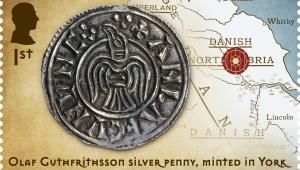USA: Politically corrected
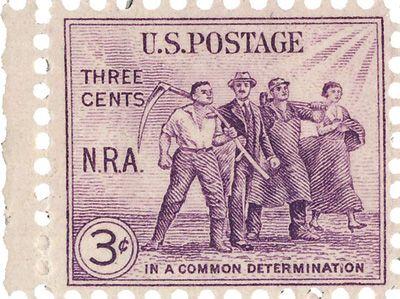
In March 1933, Franklin D Roosevelt was inaugurated as the 32nd President of the United States. Against the backdrop of the Great Depression, he had ousted Herbert Hoover with the promise of a ‘New Deal’.
FDR’s first 100 days were dedicated to economic relief, as Congress was bombarded with a record number of bills. The central piece of legislation was the National Industrial Recovery Act, which became law on June 16.
The idea of a patriotic stamp summoning workers to rally to the cause was not taken up until August 1, but the postal service then moved with such speed that it must rank as one of the fastest stamp issues on record. A preliminary design was mapped out the following day, based on a patriotic painting by the artist Henry Hintermeister.
It seemed a wise move to place this essay before the President, a keen philatelist who was already showing a tendency to involve himself in projected stamp issues. Predictably enough, Roosevelt grabbed his pencil and began making alterations!
Hintermeister’s image depicted four advancing male figures, dressed to represent farming, business, manual labour and academic achievement. In fact, the businessman was based on Roosevelt himself (who had been largely confined to a wheelchair since an attack of polio in his earlier years, but tried to hide his disability from the public), and it was this figure that FDR attacked first.
He removed the top hat, explaining that it was an unacceptable symbol of opulence when unemployed men were reduced to selling apples on street corners, and replaced it with a soft trilby. Then he added a moustache, to prevent any obvious resemblance to himself.
Furthermore, the student in his cap and gown was ditched, as Roosevelt felt that a female stenographer would be more appropriate, representing the part women would play in the economic recovery.
The designers hastened from the Oval Office to get the National Recovery Act 3c produced in just two weeks, its innocuous appearance revealing nothing of the power behind its design. Its slogan might have been ‘In A Common Determination’, but the new President had wasted little time in making it clear who was now in charge.
